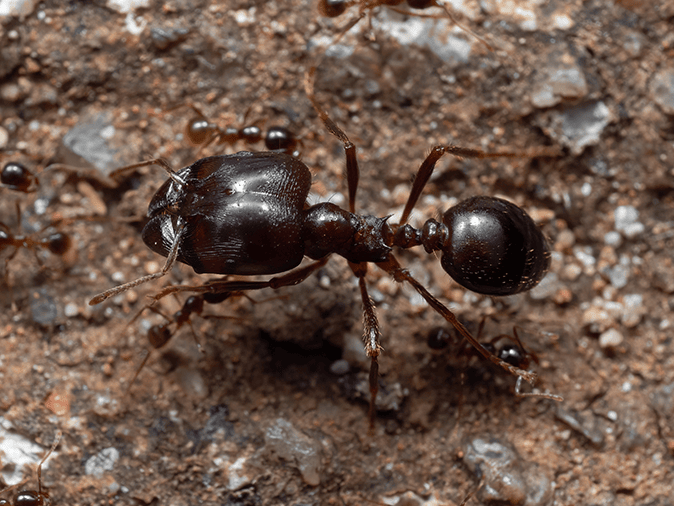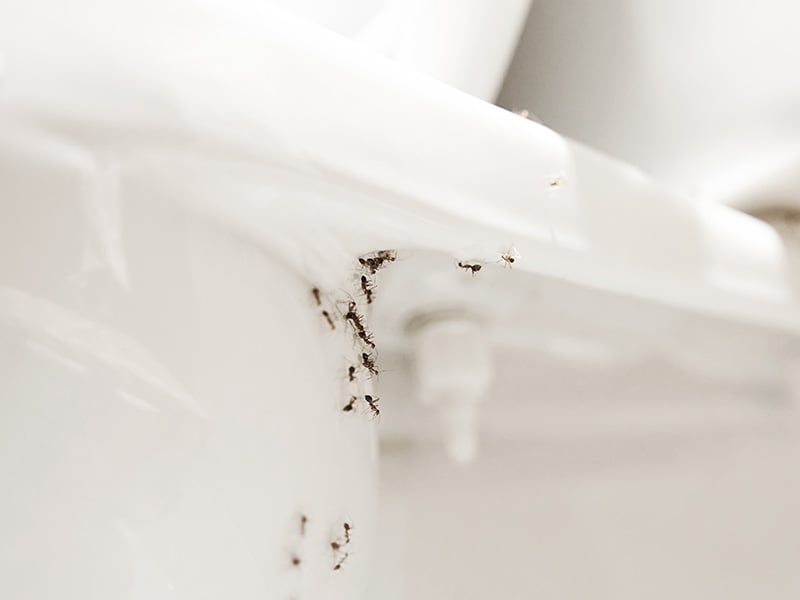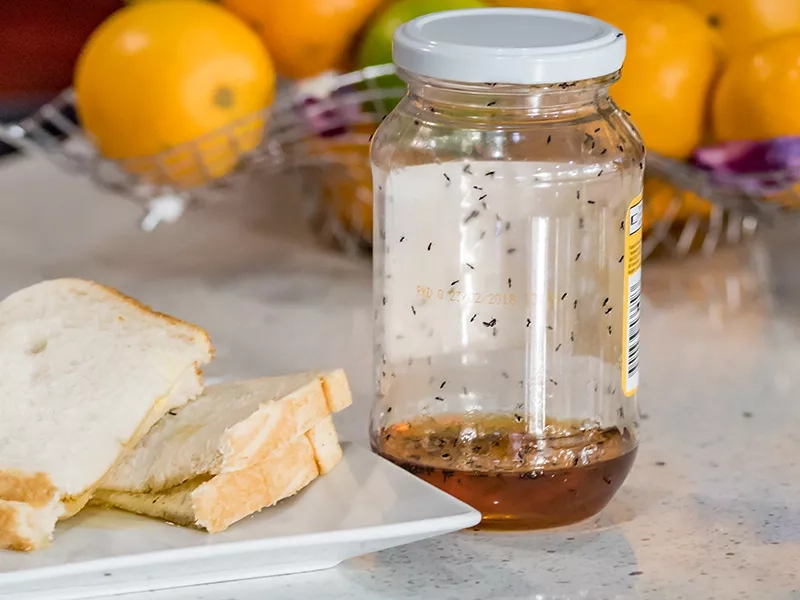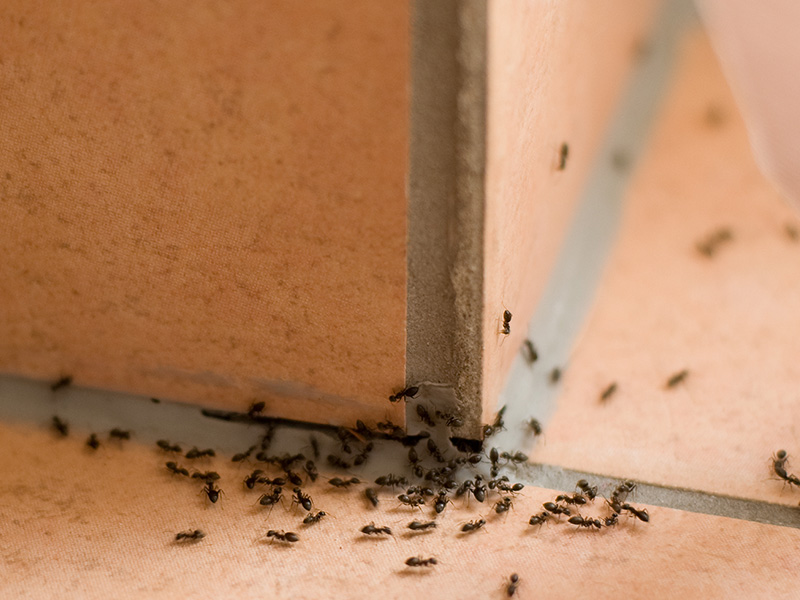
What Do Big Headed Ants Look Like?
These ants get their name due to the size of the head of the major workers (soldiers), which is larger compared to the size of their body. Workers range in size from 1/16 to 1/8 in length and can vary in color from light brown to dark reddish brown. The pedicel has two nodes.
When are big headed ants most active?
Habits of Big Headed Ants
- Diet: Feed on live and dead insects, seeds and honeydew. Sweets, fats, and proteins inside homes.
- Activity: Will reside with other colonies as one large colony
- Preferred Climate: Dry, warmer climates
- Defense: Multiple nests help with survival success
- Cautions: Piles of sand
- Home Invasion: Will enter homes for food, but is mainly a soil nester residing along cracks in the foundation, under slabs, or in expansion joints. Will also nest in pots that can be transported inside homes.
Are Big Headed Ants Dangerous?
Big headed ants do not bite unless the nest is disturbed and typically do not cause significant damage to structures.
Where Do Big Headed Ants Nest?
Big headed ants often establish nests in disturbed soil, lawns, and flowerbeds as well as under objects including bricks and cement slabs.
Helpful Hints for Big Headed Ants
To keep big headed ants out of your structure, we recommend:
- Checking plant pots before transporting plants into your home or business.
- Sealing any cracks and crevices along the foundation.
- Signing up for ongoing pest control service to prevent infestations from taking root.
Interesting Facts About Big Headed Ants
Some species of big headed ants will make mud tubes that are similar to subterranean termites, which can cause a misidentification of the pest problem.
How Do You Get Rid of Big Headed Ants?
If you're having problems with big headed ants in or around your home or business, reach out to Northwest Exterminating for help. Our home pest control experts are well-versed in identifying and treating big headed ants and will work diligently to exterminate the infestation. We also offer commercial pest control services for businesses that are plagued by ants.

Testimonials
Request Your FREE Estimate
Have questions or need help getting rid of big headed ants or other pests? Simply complete the form below or give us a call!



